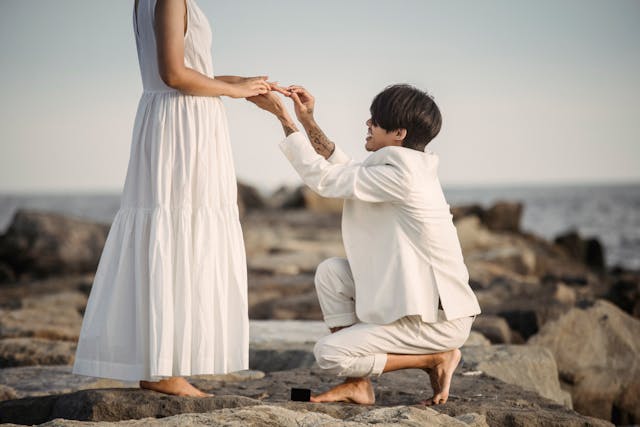The Albums That Defined a Generation: A Look at Cultural Impact
Music has a unique ability to capture the mood and spirit of a time, and certain albums stand out as defining moments in history. These albums don’t just entertain. They shape cultural movements, reflect societal changes, and give voice to a generation’s hopes, dreams, and struggles. From the rebellious rock of the ’60s to the innovative hip-hop of the 2000s, let’s take a look at some of the top albums of 2007 that have left a lasting impact on the world and defined entire generations.
The Beatles – Sgt. Pepper’s Lonely Hearts Club Band (1967)
 Few albums have had the same cultural impact as Sgt. Pepper’s Lonely Hearts Club Band. Released at the height of the 1960s counterculture movement, this Beatles album was more than just a collection of songs; it was a statement. With its experimental sounds, innovative production techniques, and psychedelic influences, Sgt.
Few albums have had the same cultural impact as Sgt. Pepper’s Lonely Hearts Club Band. Released at the height of the 1960s counterculture movement, this Beatles album was more than just a collection of songs; it was a statement. With its experimental sounds, innovative production techniques, and psychedelic influences, Sgt.
Pepper captured the spirit of a generation questioning authority, exploring new forms of expression, and seeking spiritual enlightenment. The album’s cultural influence extended beyond music. It became a symbol of the “Summer of Love,” representing a time when youth rebellion, peace, and love were at the forefront of society. It not only revolutionized the way albums were made but also helped shape the social and political landscape of the time.
Nirvana – Nevermind (1991)
The early ’90s were marked by the rise of alternative rock, and Nirvana’s Nevermind became the anthem of Generation X. With hits like “Smells Like Teen Spirit,” Nevermind tapped into the angst and disillusionment felt by many young people at the time. Kurt Cobain’s raw lyrics, combined with grunge’s gritty sound, spoke to a generation that was skeptical of mainstream culture and craving something authentic. Nirvana’s success with Nevermind not only put grunge music on the map but also challenged the polished, commercial pop that dominated the airwaves. The album’s impact can still be felt today, as it laid the groundwork for alternative music’s place in popular culture and gave voice to an entire generation’s sense of alienation and frustration.
Lauryn Hill – The Miseducation of Lauryn Hill (1998)
Released in 1998, it became an anthem for self-empowerment, particularly for women of color. With songs like “Doo Wop (That Thing)” and “Ex-Factor,” Hill explored themes of love, identity, and social issues with a depth that resonated with listeners across the globe. The album was not only a commercial success, winning five Grammy Awards, but also had a lasting cultural impact. Hill’s powerful lyrics and genre-blending sound opened the doors for future generations of artists to explore new musical territories while addressing personal and political issues.
Radiohead – OK Computer (1997)
Radiohead’s OK Computer was released in 1997, at a time when technology was rapidly advancing, and the internet was becoming a larger part of everyday life. The album’s themes of alienation, technological anxiety, and existential dread resonated deeply with listeners. Songs like “Paranoid Android” and “Karma Police” captured a growing unease about the future and the ways in which technology might …











